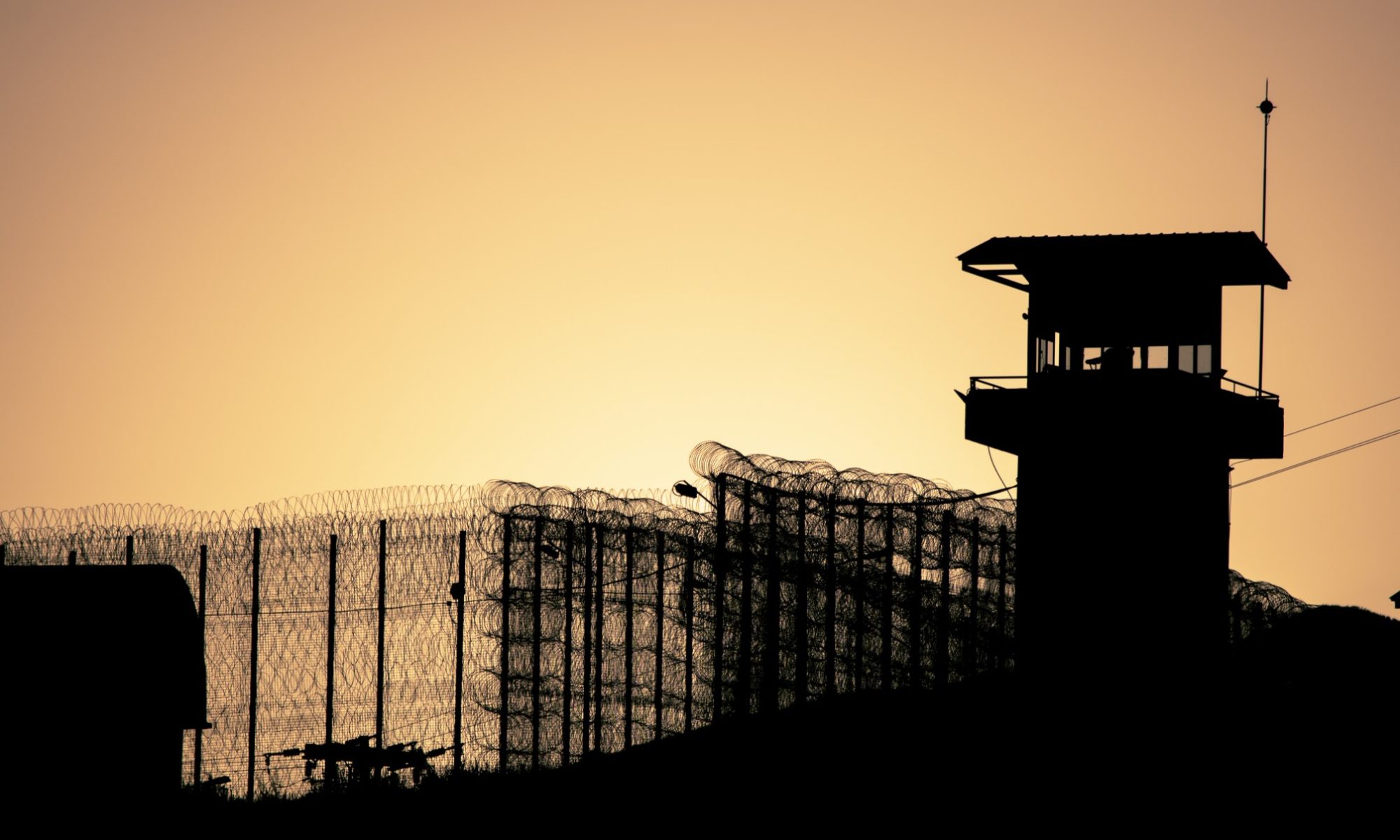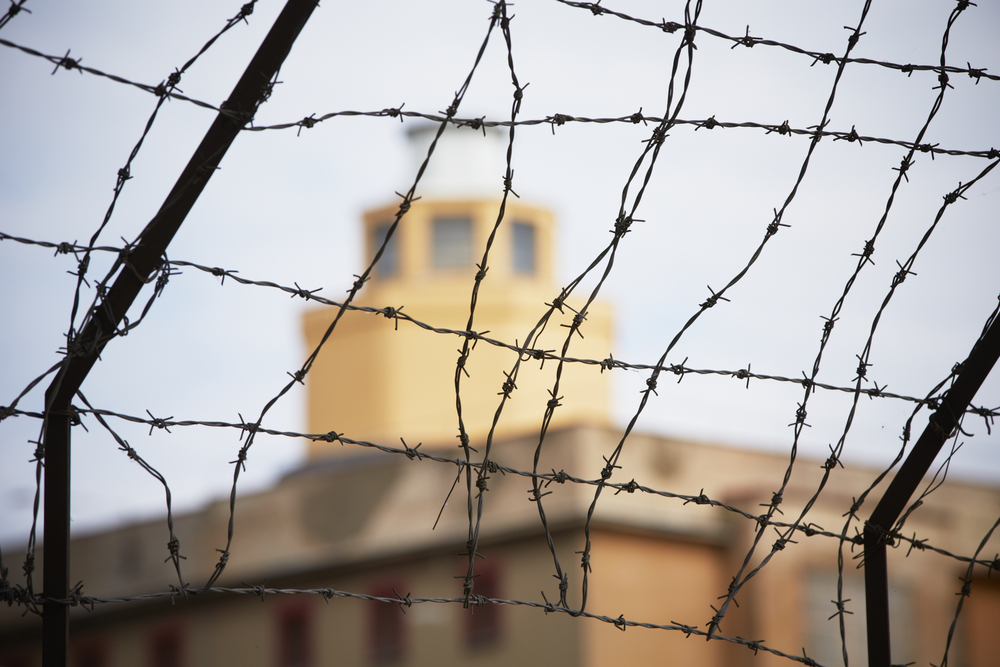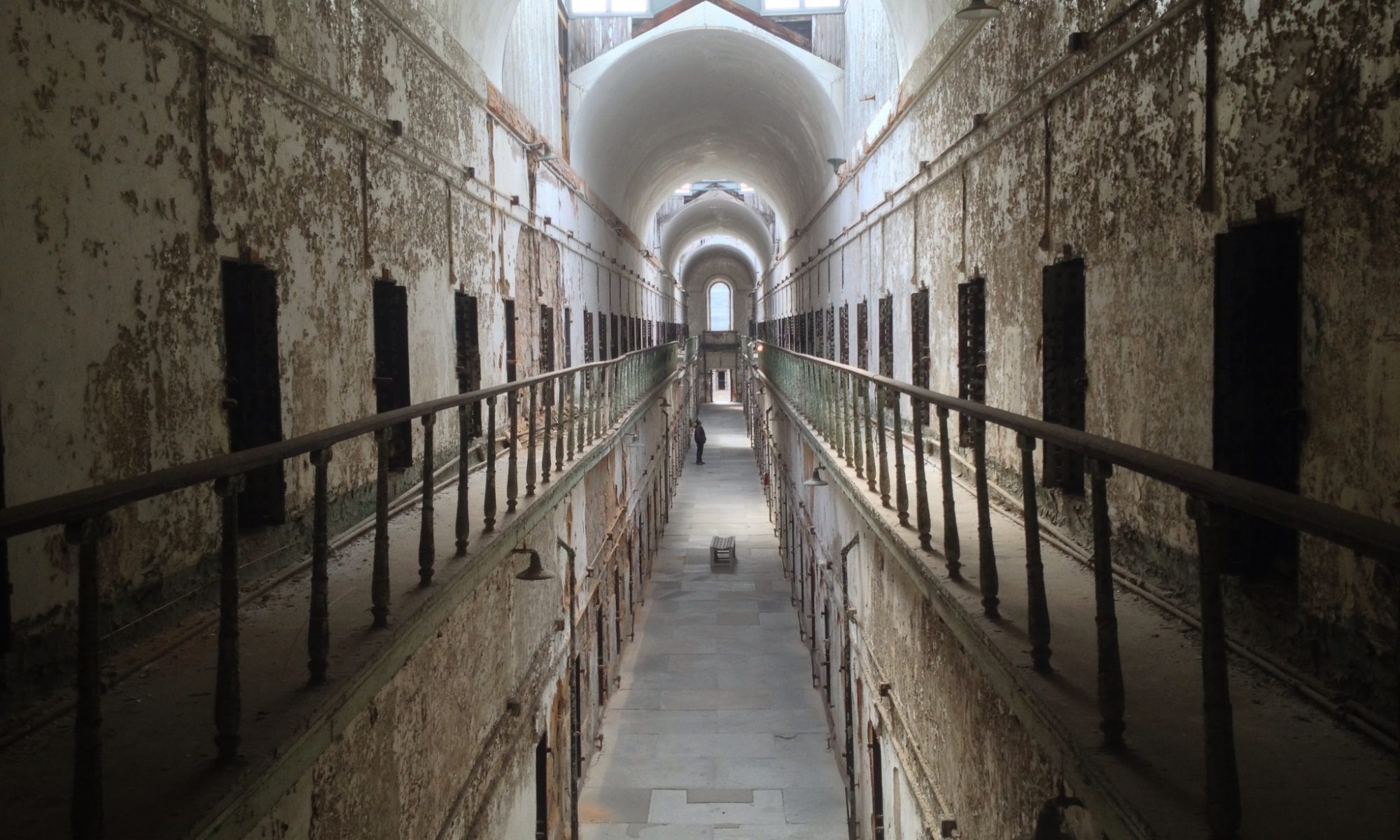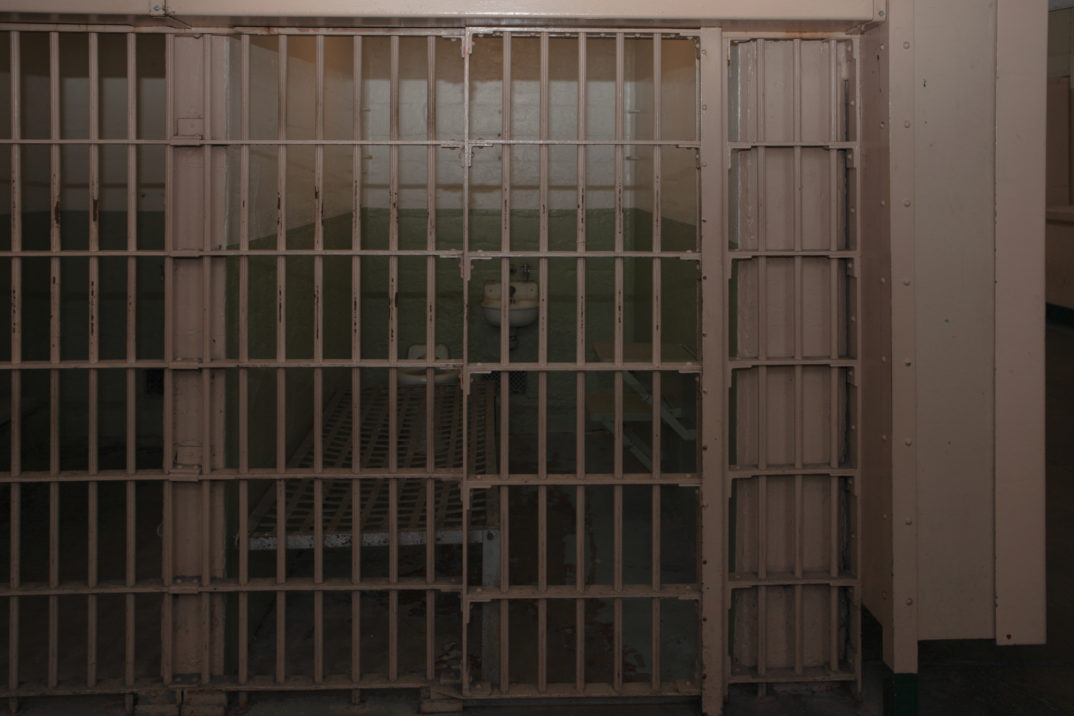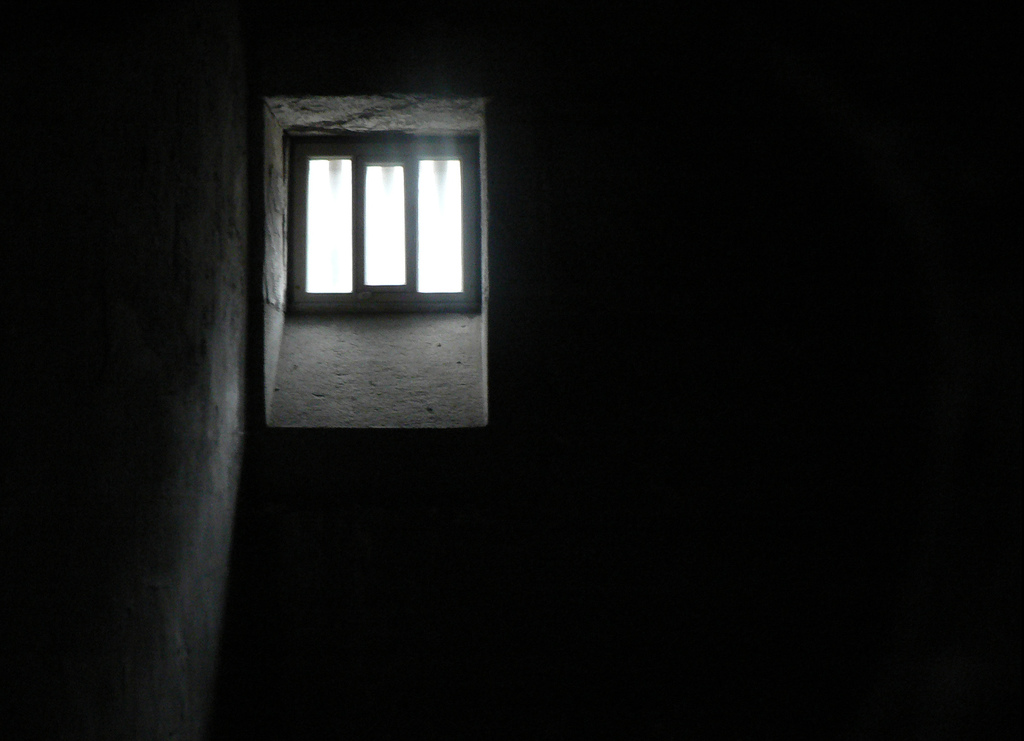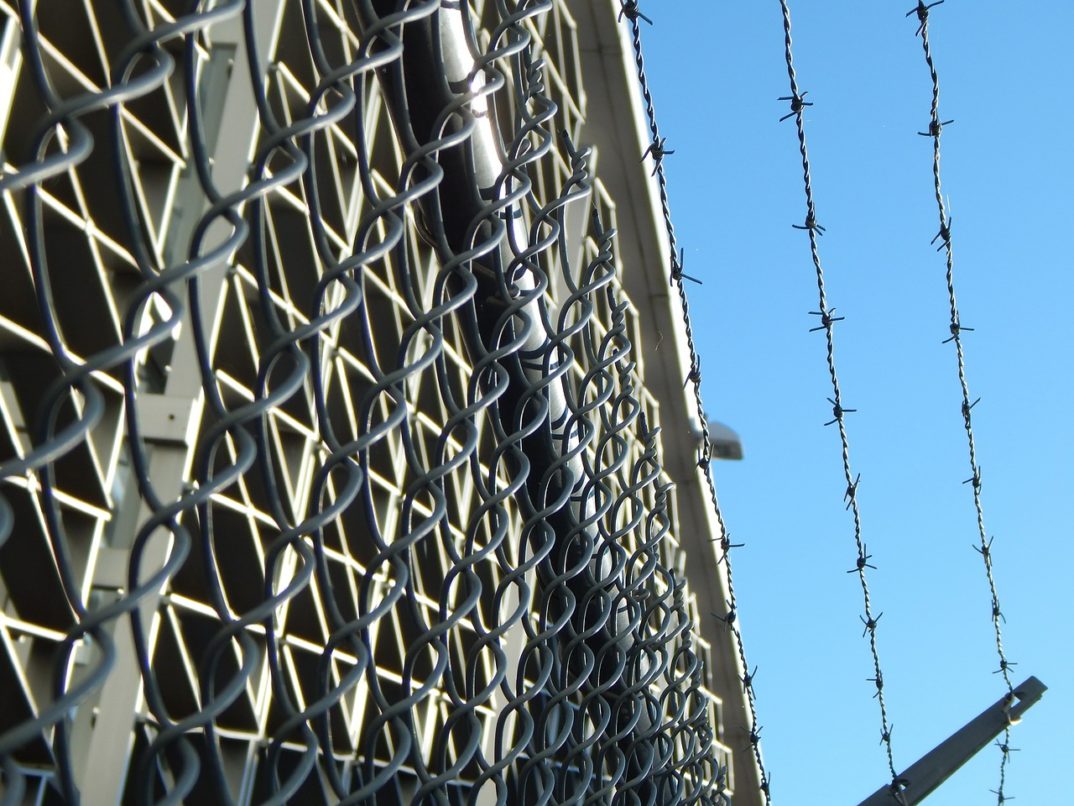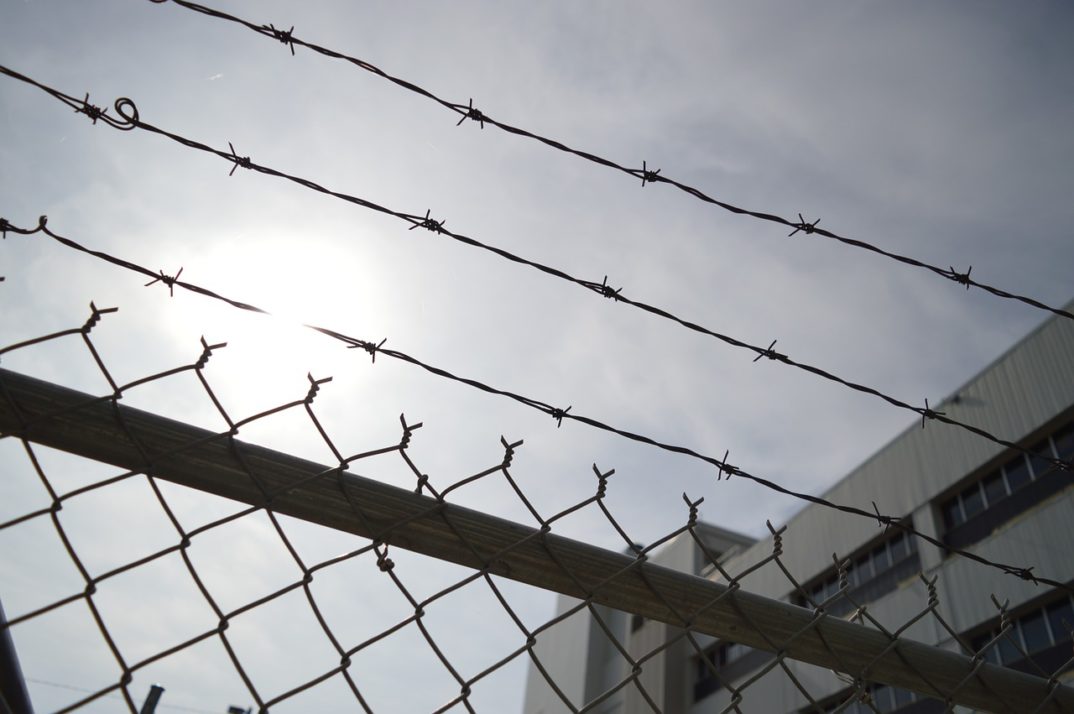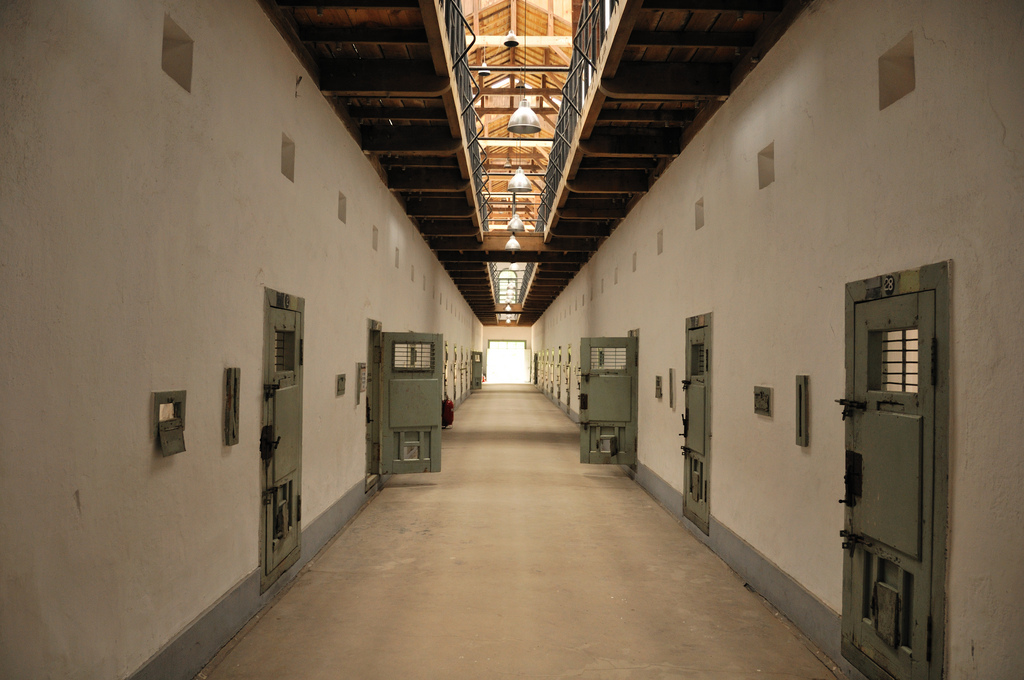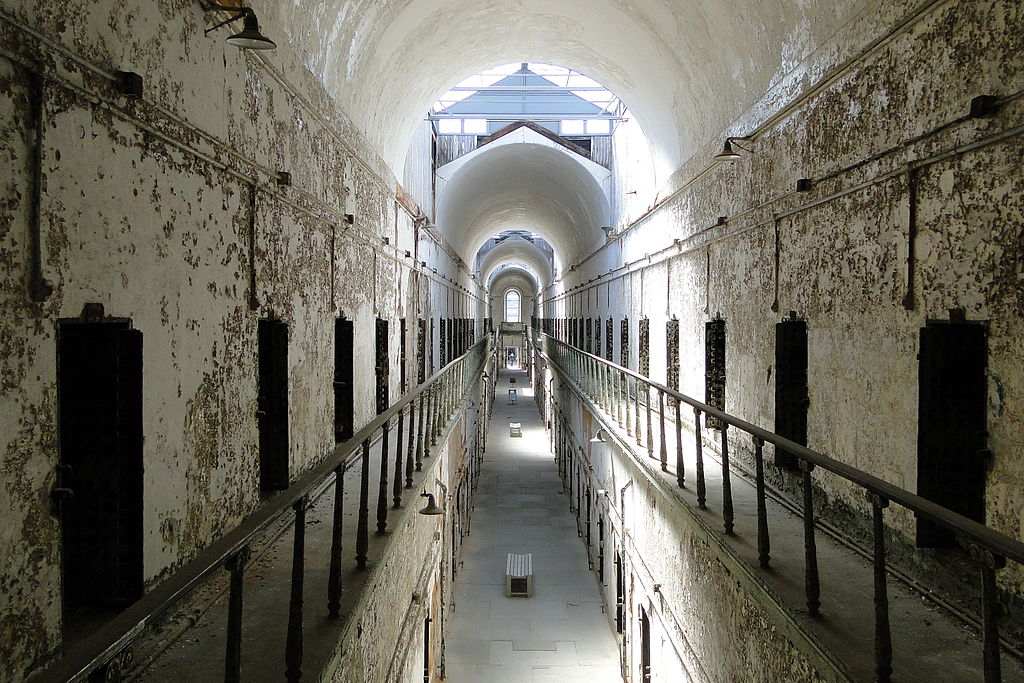Officer Derek Chauvin became infamous for the violence he perpetuated against George Floyd. The Black American’s death, while pinned under the knee of a white cop, launched nation-wide protests in 2020 and led to a 21-year sentence for Chauvin. Despite electing to go to federal prison instead of state prison for safety reasons, Derek Chauvin was stabbed on Friday, November 24th. As of November 26th, his survival seems likely, but the incident nonetheless bookends a story of government failure. First, violence was enacted by Chauvin as an agent of the state, and then violence was enacted against Chauvin while in federal custody. It also fits the arc of a national conversation about prison reform, both in terms of the sheer number of people incarcerated (over 2 million) and the conditions inside.
America must wrestle with questions about for-profit prisons, solitary confinement, prison understaffing, three strikes laws, felony murder, and racial bias in sentencing. But it is also worthwhile to take a step back and ask, not just how can we do prisons better, but what are we trying to do with prisons in the first place? For philosophers, this concerns our theory of punishment – the justification for the state inflicting harm, limiting freedoms, and revoking rights in response to acts it deems pernicious.
Imprisonment asserts the government’s right to exercise extreme and harmful power over people as long as certain conditions hold, especially being guilty of a crime. (The coercive power of the state is, in fact, employed well before incarceration, as the entire preceding legal process is also required.) This does not mean the situation cannot be justified. But given the scale of the harm, it behooves the government, and legal theorists, to have a good answer to the question: “Why are you forcibly detaining 2 million of your own people”?
Broadly speaking, there are two major goals we could have for our prison system. The first is the resolution of a societal problem, namely crime. (Although the more cynical among us might also point to poverty, unemployment, and homelessness as social problems that prisons help to “solve”.) The second is Justice – capital letter and all. The idea here is that imprisonment gives the guilty their due, balancing the scales of Lady Justice or signaling moral condemnation in some more metaphysical sense. These two major goals correspond with consequentialist and retributivist theories of punishment respectively (the author has previously discussed these in the context of environmental crimes).
People can of course hold onto each of these goals simultaneously, and our current system is not a pure reflection of either one, but a chimera of both theories, inherited historical practices, and political convenience. The challenge is that consequentialist and retributivist theories of punishment paint a very different picture of what prisons should be.
Perhaps most significantly is that the consequentialist is not necessarily committed to prisons and punishment at all. Classic consequentialist defenses of imprisonment are that it deters crimes, takes dangerous people off the street, and can help to reform criminals. These are all arguments for the way punishment can prevent crime. The consequentialist, however, can also argue that crime prevention is better served by increased non-punitive resources, such as improving education and investing in anti-poverty programs. Put differently, the consequentialist is interested in whether prison represents the best way to address crime in a particular context and, depending on the answer, adjusts social policy accordingly.
Consequentialists also need not be committed to making the prison experience miserable for the incarcerated. If evidence demonstrated that harsher environments or longer sentences served as a better deterrent or improved rehabilitation, this would provide the bones of a potential consequentialist argument – although current evidence does not support this. If instead the aim is simply to remove dangerous people from positions where they can cause harm, then there is no reason prison should involve additional suffering beyond captivity. In fact, consequentialist reasoning seems to dictate that we should minimize inmates’ suffering as much as possible while pursuing our greater societal ends.
For retributivism, by contrast, suffering is the point. Modern society has placed certain constraints on what is an acceptable punishment, but the core idea of retributivism is often still an eye for an eye – albeit understood in terms of years in prison. Retributivist theories also pay attention to individuals in a way that consequentialist approaches, which are focused on larger social goals, do not. In this way, retributivism can also be responsive to the desires of victims or their families in seeing justice done and scratching an emotional itch for resolution.
Not only do retributivism and consequentialist theories of punishment arrive at vastly different answers as to what imprisonment is for, but the core of each approach can represent a deep moral failing from the other perspective. To the retributivist, who wants to give the guilty their due, the social tinkering of the consequentialist neglects considerations of justice and desert altogether. To the consequentialist, the mysterious moral calculus of retributivism smacks of vindictiveness and Old Testament brutality.
As we have seen, retributivist and consequentialist approaches can sometimes be brought into alignment. For example, the consequentialist may like imprisonment because it isolates dangerous criminals, and the retributivist may like imprisonment because it’s miserable for the guilty party. However, this alignment is very dependent on the facts on the ground. As the evidence shifts, and the consequentialist begins to doubt the effectiveness of long sentences as grounds for rehabilitation or deterrence, so too does their image of what prison should be change. It is optimistic to assume that there is an account of what prison is for that conveniently fits the different goals of both consequentialist and retributivist approaches to punishment.
However, not all aspects of the prison system need to be beholden to the overarching theory of punishment. For example, the retributivist may agree that once the state has taken someone into custody via imprisonment, then they have a responsibility to ensure their safety from other prisoners. There are also features of the criminal justice system that attach to neither theory of punishment. For example, restorative justice (see a previous discussion in The Prindle Post) seeks to make whole both the victim and the perpetrator of crimes and can be paired with either consequentialist approaches or retributivist approaches.
Certainly there is a good deal of shared ground for broad aspects of criminal justice reform, including that cops should not kneel on people for 9½ minutes, that prisons should be adequately staffed, and that inmates should not be getting stabbed. And then there are more contentious questions about which crimes deserve prosecution, when minors should be charged as adults, and what kind of evidence warrants the death penalty. Answering the tough questions and deciding hard cases requires genuine, sustained reflection about what precisely we want our criminal justice system to do and what exactly we hope to accomplish. As it stands, current design remains at odds with stated purpose.

